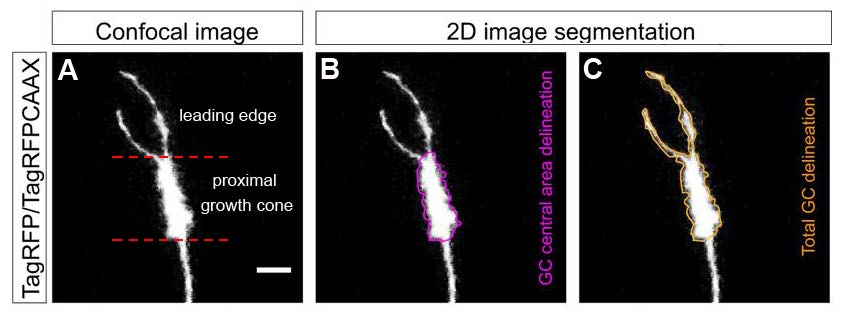Neuroscience Research
Authors demonstrate that long-distance axon regeneration can drive recovery of respiratory function following cervical spinal cord injury in rats.
Authors describe the in vivo behavior of mitochondria at the growth cone of elongating retinal axons in zebrafish.
Results of this study suggest that decreased responding to food-associated cues when food becomes less desirable are due to changes in the excitability of neurons in the nucleus accumbens.
Ramendra Saha tells the story behind his first publication as senior author on histone H2A.Z hypervariant function and the challenges he faced as a new independent investigator.
See the most-shared articles of November/December 2019; Volume 6, Issue 6
Munjal Acharya and Charles Limoli discuss new concerns that radiation-induced neurocognitive risks could comprise astronaut safety during NASA’s intended mission to Mars.
An automated analysis approach to reduce the heterogeneity of dendritic spine morphology could enhance reproducibility in neurological disorders with defective synaptic transmission.
See the most-shared articles of September/October 2019; Volume 6, Issue 5
Ankan Biswas and Supratim Ray tell the story about their paper that examined whether individuals can better control the power of their EEG-recorded alpha oscillations when provided real-time valid neurofeedback, compared to invalid and neutral neurofeedback.
Authors targeted the microglia-specific Tmem119 gene to generate two novel mouse models that can be used to visualize and control reporter protein expression in microglia with improved distinction from closely related cell types.
FOLLOW US
TAGS
CATEGORIES







 RSS Feed
RSS Feed




